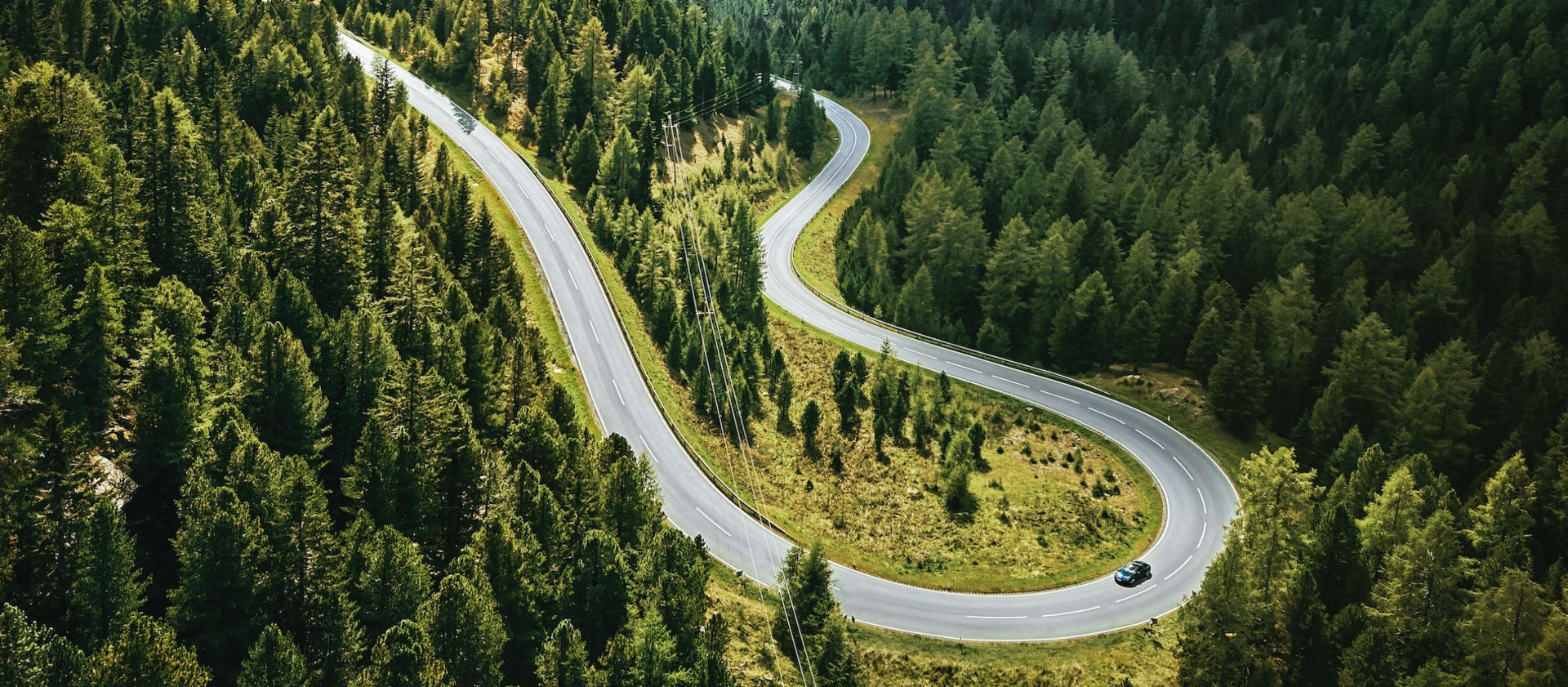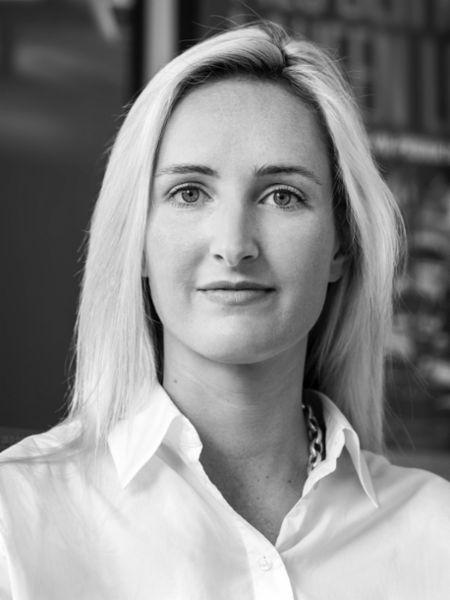Free
The new Porsche 911 explores the Turracher Höhe pass. Previously one of the most difficult alpine passages and torture for winter tires, it now offers nothing but pleasure and a sense of freedom fueled by the mind in motion.
km 405–703
7. Oberschleißheim
8. Turracher Höhe
-
Free
The driver’s door closes with a soft thud. Suddenly, silence reigns. The gurgling of the mountain stream ceases, as does the buzzing of the stoneflies. The Porsche shields its passengers from the outside world, while leaving the motion open to view. Here, inside the new 911, there’s space for dreams. Dreams of driving pleasure and joie de vivre, of the open road and freedom. As soon as the sun begins its ascent, many of these dreams will come true.
The philosopher Jean-Jacques Rousseau once remarked, “I have never thought, for my part, that man’s freedom consists in being able to do whatever he wills, but that he should not, by any human power, be forced to do what is against his will.” That’s an exciting thought for anyone sitting in a sports car. Especially if they wish to move freely and without constraint.
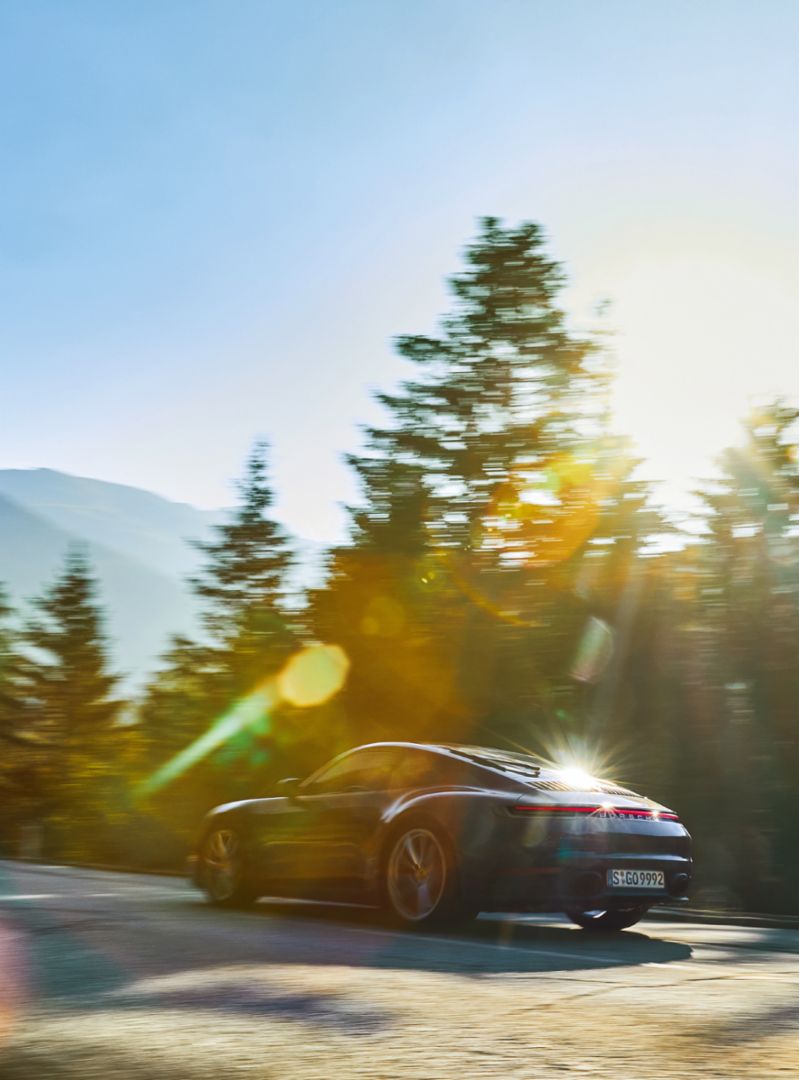
The Turracher Höhe, a pass in the western portion of Austria’s Gurktal Alps, is an ideal place to fulfill that wish. The road has gradients of up to 23 percent, and the pass lies at an altitude of 1,795 meters, just south of Lake Turrach, which straddles the border between the states of Styria and Carinthia. With breathtaking combinations of curves and five hairpin turns, the approximately thirty-kilometer stretch attracts just about everything that moves on two legs and either two or four wheels. Styria’s tourism portal describes the area as a “lushly varied” and “matchless landscape.”
Early morning is the best time to live out a longing for the open road. A few birds are flying overhead in a northwesterly direction, but otherwise even the mountains still seem to slumber. The Eisenhut looms on one side, the Nock Range on the other. Forests of stone pines, grasses, and moss, all of them still in shadow, line the road to the left and right.
But in less than half an hour the slate-blue sky will give way to an expanse of white-gray clouds. The Porsche waits at the side of the road, radiating power, elegance, and a lightness of being—a haven on wheels from which to explore the world. The only things needed are time and rhythm. The driver turns the key and listens to the deep rumble as the flat-six, biturbo, three-liter engine warms up.
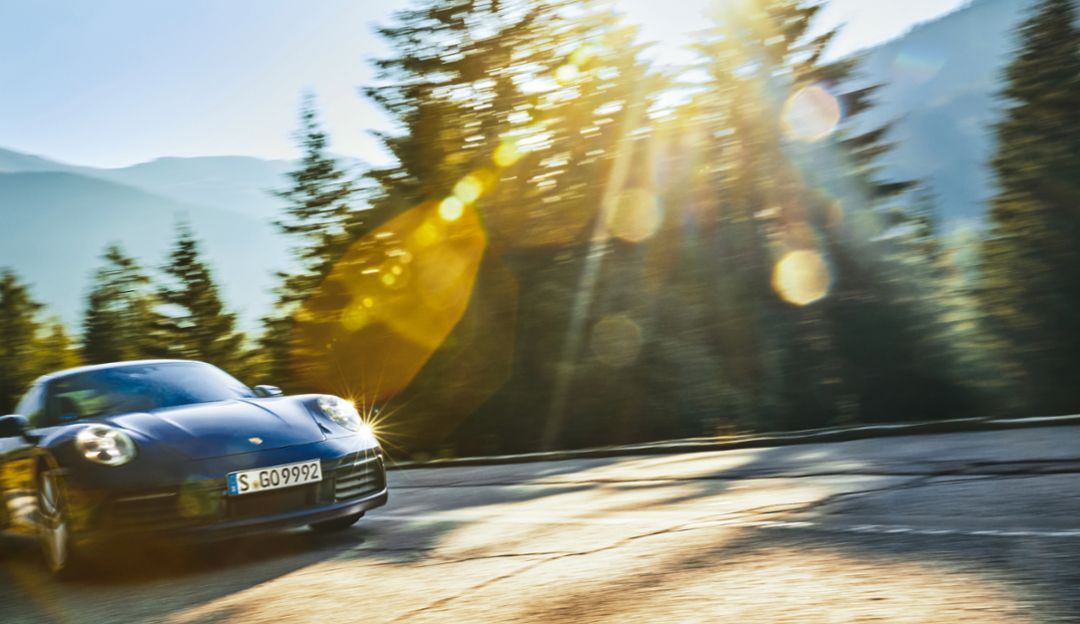
42
kilometers of slopes are available to skiers in the Turracher Höhe region.
1.9–2.2
degrees Celsius is the mean annual temperature on the Turracher Höhe pass.
57
years have slipped away since 1961, when Porsche first tested its tires on the icy road over the pass.
The car leaves the stream behind, accelerates, brakes, and takes staccato-like gear shifts, creating its unique beat and rhythm, the star of its own road movie. Adventures, mountains to climb, and the joy of motion create a sense of “being in the zone,” which is the ideal mode for any activity. Mihaly Csikszentmihalyi, a Hungarian-American psychologist known for his research into happiness, has a theory of “flow” that he describes as the pleasurable experience of a mental state characterized by complete concentration and total involvement in an activity that demands neither too much nor too little. The “flow” of driving would therefore be a carefree state in which the driver has everything under control. Closely related would be the feeling of using time utterly as one pleases, which in turn elicits a marked sense of freedom.
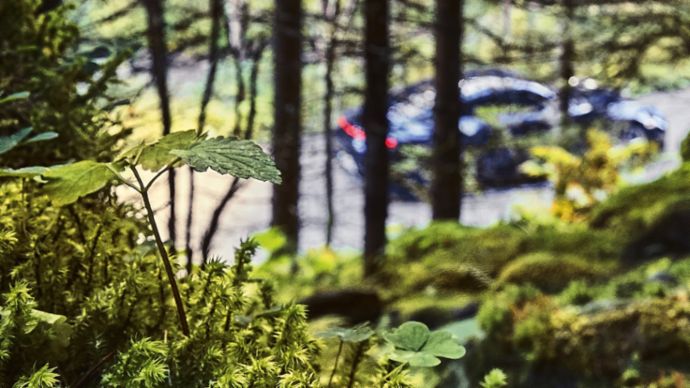
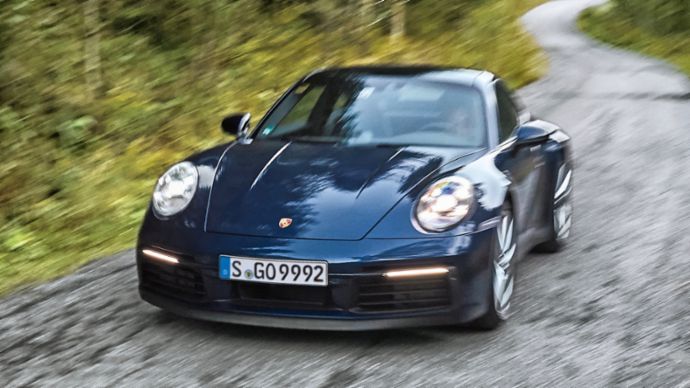
The rhythm of the road
The driver opens the window slightly to let the wind stream in and thoughts flow out. This is Porsche country. The town of Gmünd in Carinthia’s Lieser Valley is forty-seven kilometers away. It’s the birthplace of the Porsche 356 “No. 1” Roadster, a prototype with a centrally placed engine and a tubular space frame made by hand under the direction of Ferry Porsche. The first car to bear the name Porsche originated here, where the Porsche legend began. Thirteen years later, in January of 1961, Porsche ran its first tire tests on the Turracher Höhe pass with three 356 B models and the prototype of a 356 B Super 90. The crew worked with massive-bar winter tires, a watch, and a wooden slat. They used a spirit level to measure the gradient and a spring scale to gauge the traction. Over the following forty-three winters the village of Turrach, the nearby ice-covered lakes, and the road up to the pass, which had a 32 percent gradient at the time, became Porsche’s tire-testing grounds. The route was the most feared crossing of the main ridge of the Eastern Alps. Perpetually icy, it was a narrow series of tight curves—perfect for exploring the limits of what was already an extreme experience.
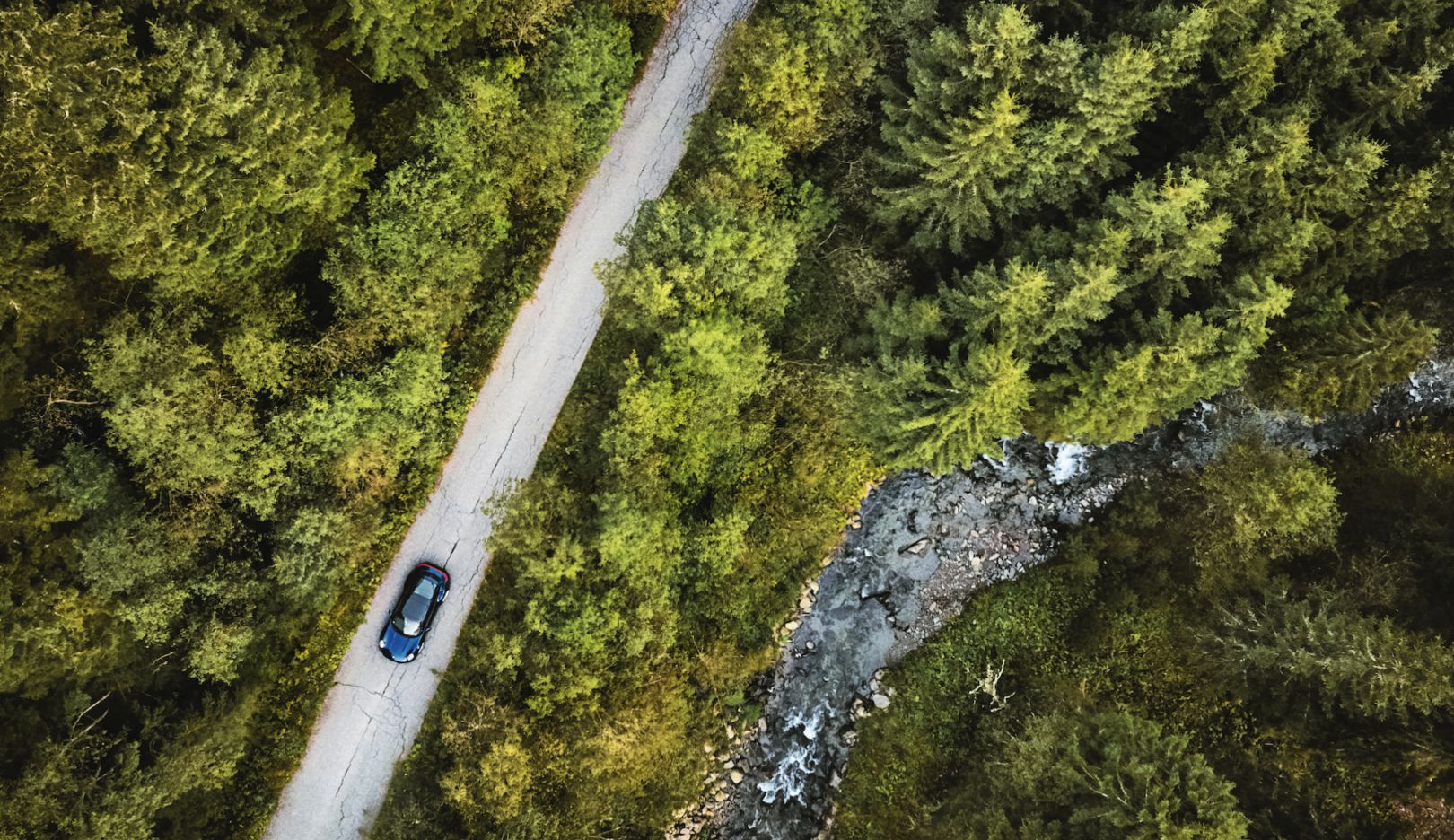
23
percent is the highest gradient on the road to the pass today, found on a short stretch of the Carinthian side.
670,400,000
results appear from a Google search for the word “freedom” (10/2018).
52
hairpin bends and numerous curves are all part of the Nockalm toll road, which starts at the foot of the Turracher Höhe pass.
More muscular than ever
The road still seems like a work of art chiseled into the landscape. But the mountains have lost their forbidding power. The band of asphalt has become broader and the curves milder, and the surface in winter is no longer slick with ice but crusty with salt. Tire trials are now performed by four Weissach test-drivers at places like the Nürburgring’s Nordschleife (north loop), the company’s own Nardò Technical Center in southern Italy, and the Contidrom near Hanover, Germany. Uniform wheel sizes have given way to a tire combination of twenty inches in the front and twenty-one inches in the rear. The grip is tighter and curve speeds are higher. Underscoring superior performance from Zuffenhausen, the new 911 with a dual-clutch transmission now has eight speeds—one more speed than its predecessor. What the engineers call “optimized shift performance” the drivers describe as “changing gears like lightning.” The 911 is timeless yet modern, with an exterior that’s more muscular than ever. It’s the result of tradition coupled with the courage to make changes, including optimized suspension components and repositioned engine bearings to further reduce the level of oscillations and vibrations transmitted to the frame. A stiffer connection between the engine and the chassis means the sports car is even more stable in holding the line on especially dynamic curves. The new 911 is a car that has already written history. Like all sports cars from Zuffenhausen, it stands for freedom and for dreams come true.
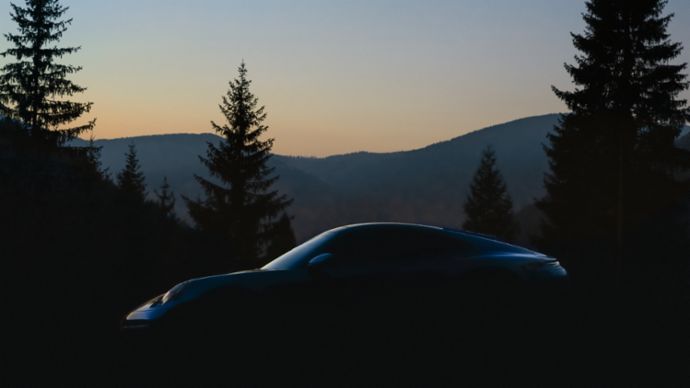
Perfect tranquility:
In the search for freedom, what could be more rewarding than a journey into the mountains?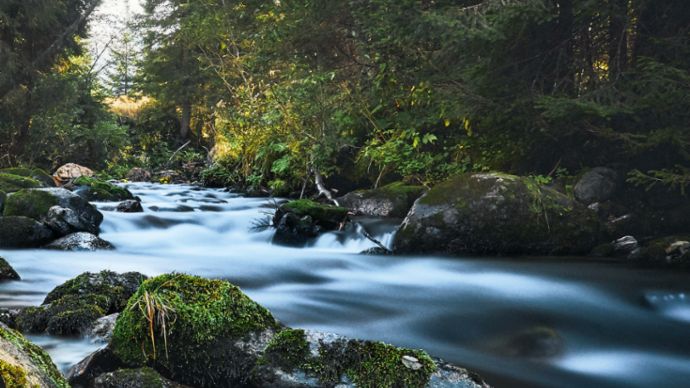
The open road. The horizon. The clouds. The commanding presence of the car. The driver pulls over at the top of the pass. He turns the key to the left and closes his eyes. His hands caress the steering wheel as if wishing to thank his 911. A soft metallic crackling sound is heard from the warm engine under the hood. Like the whispered answer to a question not asked—this is freedom.
